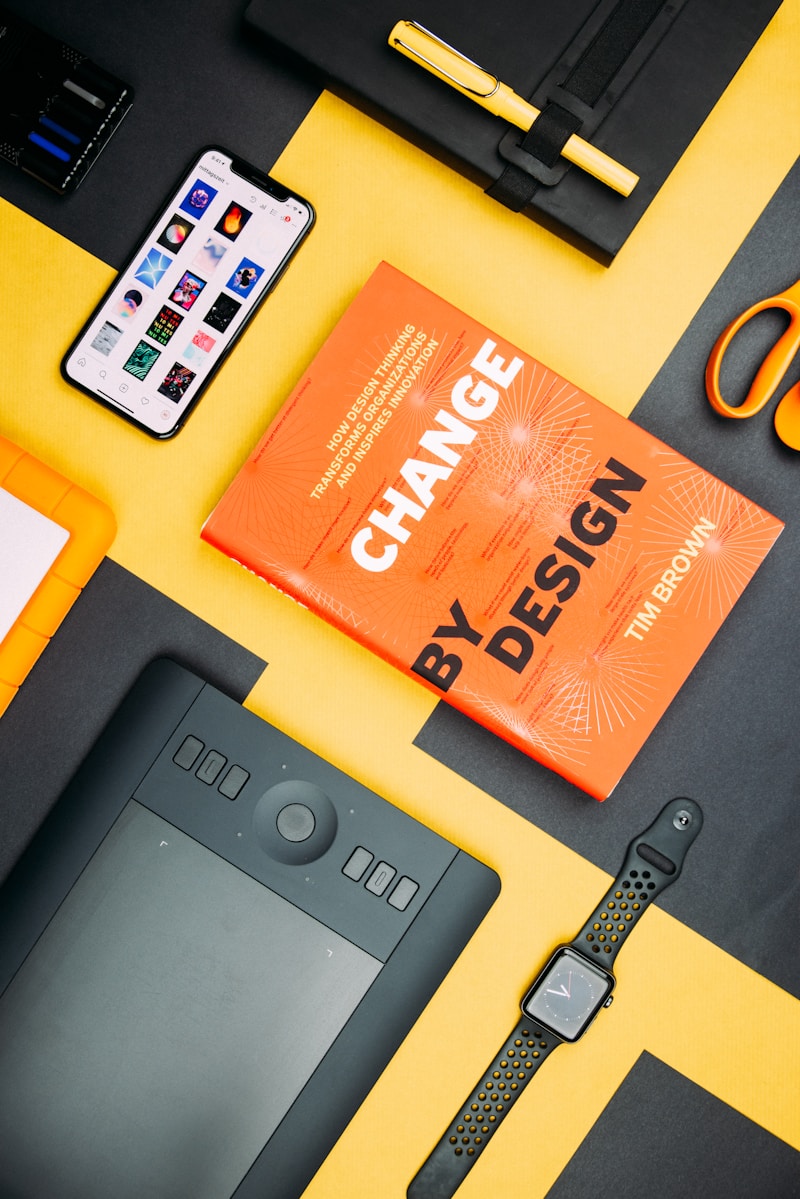Key Elements to Consider in Bridal Dress Design: A Comprehensive Guide
Key Elements to Consider in Bridal Dress Design: A Comprehensive Guide
Designing the perfect bridal dress is a blend of artistry, intimacy, and tradition. It’s not just a piece of clothing; it reflects the bride’s personality, style, and the love story she's about to embark on. This article will delve deep into the key elements to consider in bridal dress design, guiding brides-to-be through the crucial aspects of creating a perfect wedding gown that will reflect their unique style.
Understanding the Bride’s Vision
The first step in bridal dress design is understanding the bride's vision. Every bride dreams of a unique look that signifies her individuality. This involves discussing her style preferences, body type, and wedding theme.
Key considerations include:- Style Preference: Does she lean towards classic, modern, vintage, or bohemian styles?
- Body Type: Understanding what silhouettes flatter her figure is crucial.
- Wedding Theme: The gown should resonate with the overall theme of the wedding, whether it’s a beach wedding, a garden affair, or a grand ballroom celebration.

Choosing the Right Fabric
The fabric selection can make or break a bridal gown. It not only impacts the gown’s look but also its comfort and feasibility. Here are some popular fabric options:
| Fabric | Characteristics |
| Satin | Luxurious, smooth, and has a beautiful drape. |
| Chiffon | Lightweight and airy; great for flowy designs. |
| Lace | Timeless and romantic; often used for overlays or detailing. |
| Silk | Soft and luxurious; offers a rich texture. |
| Tulle | Stiff yet airy; perfect for creating volume. |
Choosing the right fabric is crucial as it affects the gown’s silhouette, comfort, and how it moves when the bride walks down the aisle.
Silhouette and Fit
The silhouette refers to the outline or shape of the dress, while the fit determines how well it adheres to the bride's body. Here are a few popular bridal dress silhouettes:
- A-Line: Fitted at the hips and flares out gradually to the hem; suitable for most body types.
- Mermaid: Fitted through the body and flares at the knees; great for showcasing curves.
- Ball Gown: A fitted bodice and a full skirt; ideal for a classic fairy-tale feel.
- Sheath: Follows the body's natural shape; perfect for a sleek, modern look.
- Empire: High waistline that sits just below the bust; suitable for petite brides.
When selecting a silhouette, consider the bride’s body type as each silhouette compliments different shapes.
Neckline and Sleeves
The neckline and sleeves play a significant role in the overall design of the bridal gown. A neckline can emphasize the bride’s features, while sleeves can add elegance and support.
Popular necklines include:- Sweetheart: A heart-shaped neckline that accentuates the bust.
- V-Neck: Elongates the neck; perfect for a taller look.
- Off-the-Shoulder: Adds a romantic touch; ideal for formal weddings.
- High Neck: For a sophisticated appearance, often seen in modern designs.
When it comes to sleeves, options range from no sleeves to long, dramatic ones, allowing for diverse designs that cater to individual tastes.
Embellishments and Details
Details and embellishments can add a touch of luxury and personalization to a bridal gown. Options include:
- Lace Appliqué: Adds texture and depth.
- Beading: Provides sparkle and elegance.
- Ruching: Creates visual interest and can be flattering.
- Embroidery: Personalized designs that tell a story.
Each embellishment should align with the overall theme and style of the gown to ensure a cohesive look.
Comfort and Practicality
While aesthetics are vital, comfort should not be overlooked. The bride will be wearing the gown for an extended period, participating in activities, and posing for countless photos. Important factors to consider include:
- Breathability: Choose fabrics that allow for airflow, especially during summer weddings.
- Movement: Ensure the gown allows for ease of movement; consider factors like dancing and walking.
Incorporating practical elements like hidden pockets or adjustable straps can enhance comfort without sacrificing style.
Budget Considerations
Establishing a realistic budget is essential when designing a bridal gown. The cost can vary significantly based on materials, designers, and customization. Here are some tips:
- Prioritize Essential Elements: Decide what is most important in the design (material, embellishments, fit).
- Consider Timelines: Custom gowns take time; factor this into your budget to avoid rush fees.
Working with a professional designer can help navigate costs and find solutions within the budget.
Sustainability in Bridal Fashion
In recent years, sustainability has become a significant concern in the fashion industry. Many brides are looking for eco-friendly options. Considerations include:
- Ethically Sourced Fabrics: Look for materials that are sustainably sourced and produced.
- Second-Hand Options: Buying vintage or pre-loved gowns helps reduce waste.
Choosing sustainable options can reduce the environmental impact of wedding attire while still allowing the bride to achieve her dream look.
Final Thoughts
Designing the bridal dress is a delicate balance of personal style, comfort, and practicality. From fabric choice to silhouette, every detail contributes to the gown's overall impact. Brides should take their time, communicate their visions clearly, and work closely with designers to ensure their dreams come alive on their special day.
Remember, the perfect bridal gown is not just about looking beautiful; it’s about feeling confident and comfortable. When considering the key elements to consider in bridal dress design, brides should focus on what resonates with their style and emphasizes their best features.
In conclusion, designing a bridal dress is an exciting journey filled with creativity and personal expression. By keeping these essential considerations in mind, brides can ensure their wedding gown is a true reflection of their love and individuality.
